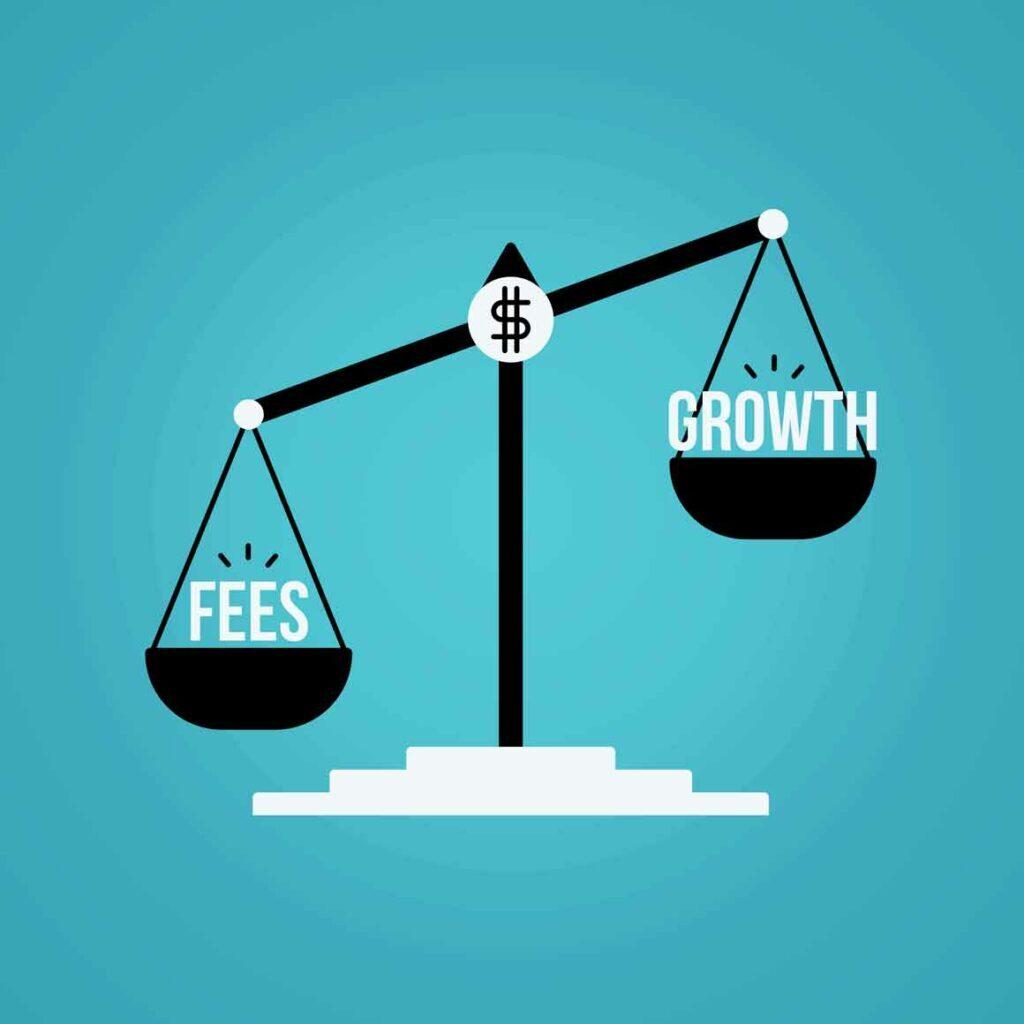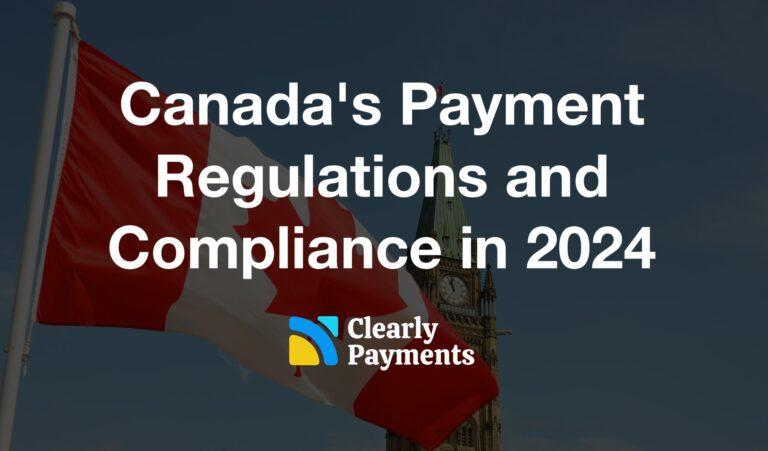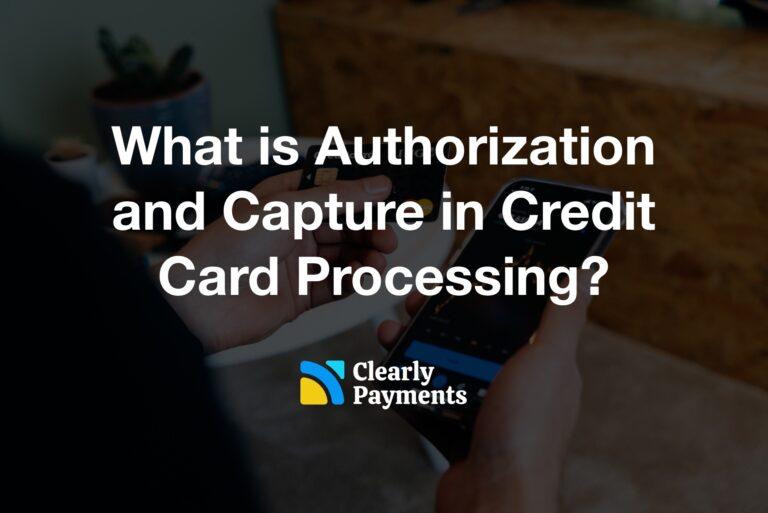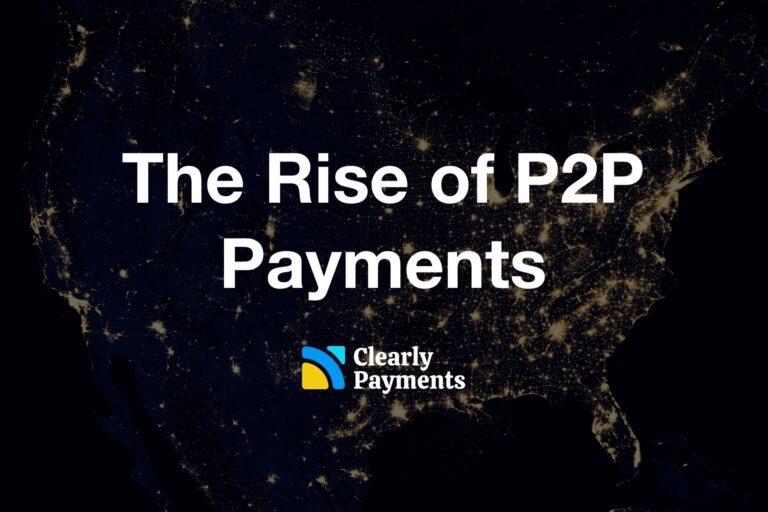Getting good rates from a credit card processor is tough but not impossible. It can be complicated to understand your rates. Credit card processing has some of the most complex pricing of any industry. We’re trying to remove that complexity or at least make it so you don’t need to care about it.
Here are a few steps that will help you get the better rates, unless you want to just sign up with TRC-Parus.
Use debit or cash when you can
A great way to get good payment rates is to take more payments with cash or debit. Cash is “free”, other than costs for you to handle it. The cost of debit is also low. It costs around $0.05 to $0.10 per transaction, depending on what you have negotiated with your credit card processor. With debit, there is no percentage fee that comes out. It’s just a hard transaction cost.
Get the right industry code
When you sign up for your merchant account, the type of business you are in matters and it’s logged in your application. Every industry has its own interchange rates: retail, eCommerce, accountants, etc. If you’re not sure about interchange, they are the base costs charged by Visa and MasterCard. Some industries get lower rates than others. Gas, grocery, non-profit, and charities have lower rates for example. The point here is to make sure you are logged as the right industry that has the best interchange rate. This makes a difference.
Use chip-and-pin or tap-to-pay
The way you accept payments from a credit card makes a difference. It costs more when you manually enter a credit card number compared to when you use chip-and-pin. Accepting payments online is more expensive than in person. In the end, whenever you can, take payments in person and use chip-and-pin or tap-to-pay.
Ask for your overall effective rate
When you’re negotiating your fees with your credit card processor, ask them what your overall effective rate will be. It’s all fine and dandy if they at first tell you that you will be paying 1.49%. But you need to clarify if that is your overall effective rate. It won’t be because rates for 99% of the transactions will not be at that rate. There are monthly fees, monthly minimums, non-qualification fees, and other “hidden” fees that all add up.
Review your statements every 6 months
It’s very common for credit card processors to increase fees. Many do it every six months. That is something that drives us nuts. You’ll need to review your fees every six months to make sure they have not changed. If you want, you can get another credit card processor to do a rate comparison so you don’t need to. Better yet, find a credit card processor like TRC-Parus that doesn’t increase fees…see our mission.
Sign up for TRC-Parus
We don’t think anyone should pay high rates. Our mission is to drive down the cost of accepting payments to zero. Sign up now with TRC-Parus.




